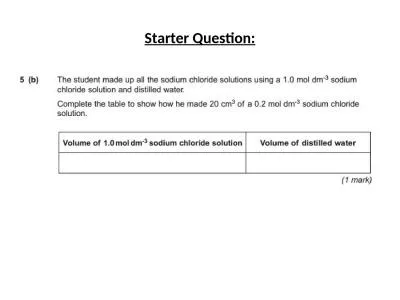PPT-Think about this question as we read:
Author : giovanna-bartolotta | Published Date : 2016-05-18
What is the speakers main conflict What is the mood of this poem How does the speakers tone towards the raven change throughout the poem Short Answer TTitle Ravens
Presentation Embed Code
Download Presentation
Download Presentation The PPT/PDF document "Think about this question as we read:" is the property of its rightful owner. Permission is granted to download and print the materials on this website for personal, non-commercial use only, and to display it on your personal computer provided you do not modify the materials and that you retain all copyright notices contained in the materials. By downloading content from our website, you accept the terms of this agreement.
Think about this question as we read:: Transcript
Download Rules Of Document
"Think about this question as we read:"The content belongs to its owner. You may download and print it for personal use, without modification, and keep all copyright notices. By downloading, you agree to these terms.
Related Documents

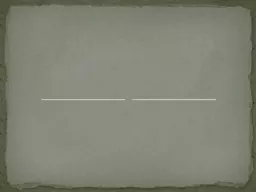



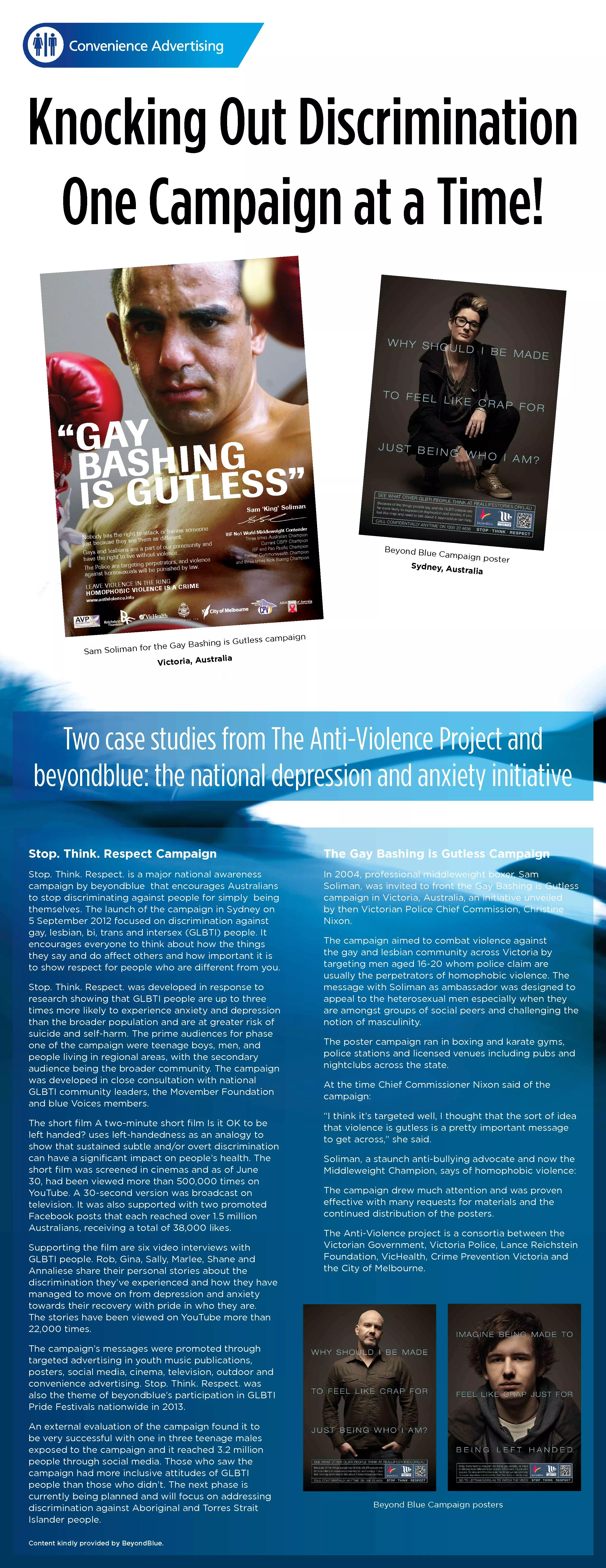
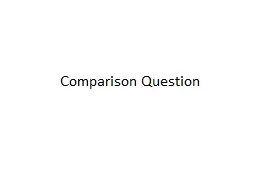



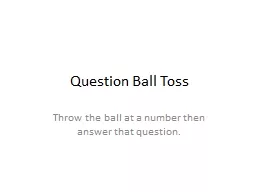
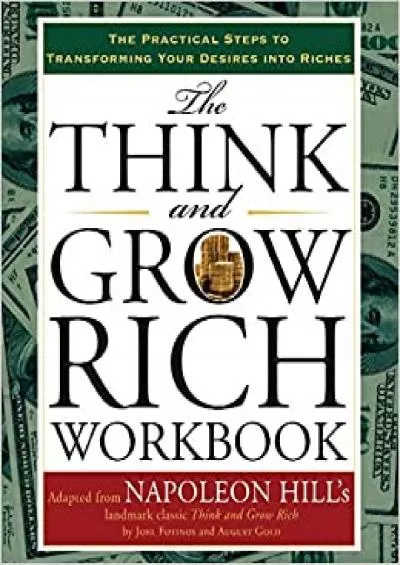
![[eBOOK]-Think Java: How to Think Like a Computer Scientist](https://thumbs.docslides.com/972451/ebook-think-java-how-to-think-like-a-computer-scientist.jpg)
![[eBOOK]-Think Perl 6: How to Think Like a Computer Scientist](https://thumbs.docslides.com/974253/ebook-think-perl-6-how-to-think-like-a-computer-scientist.jpg)
